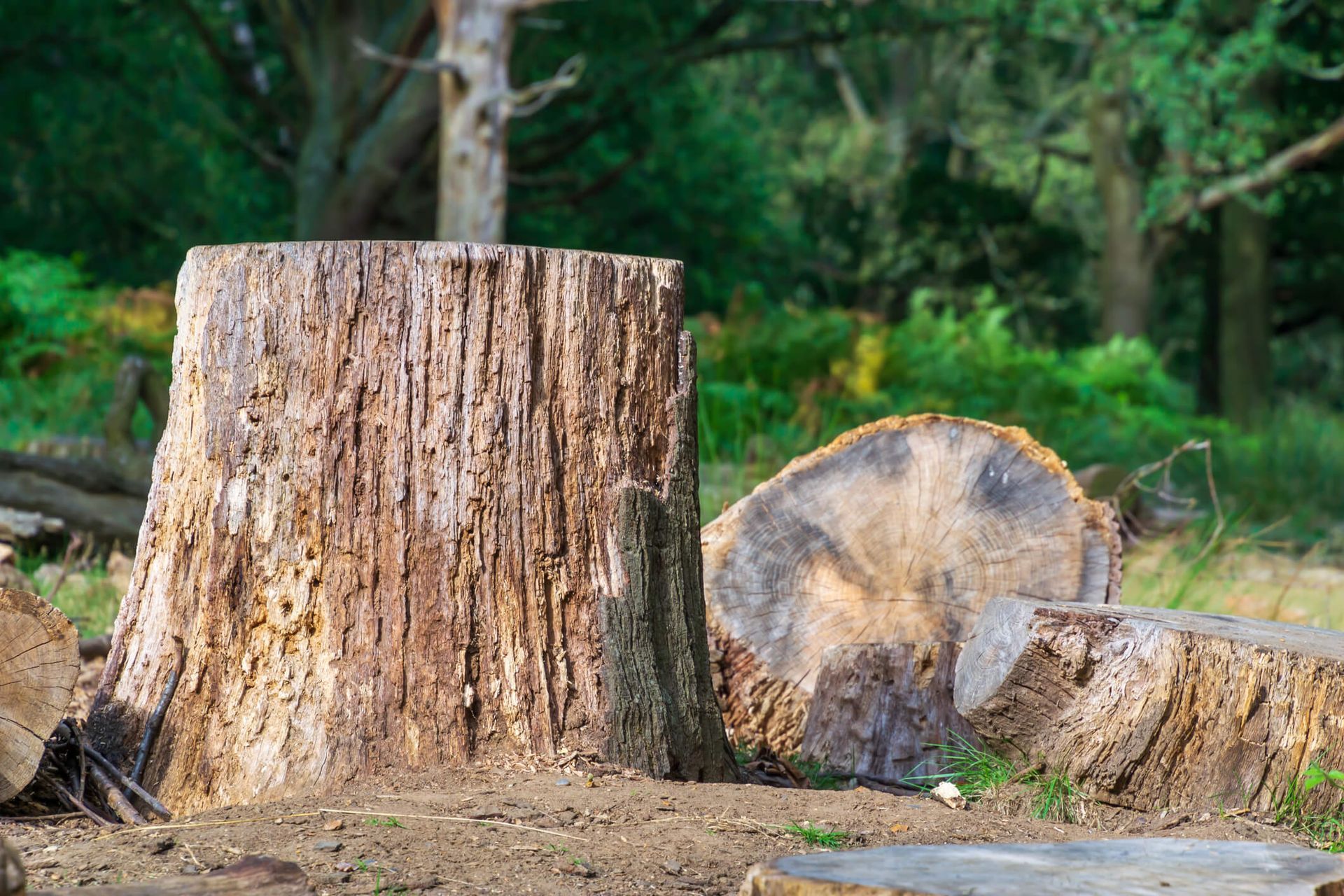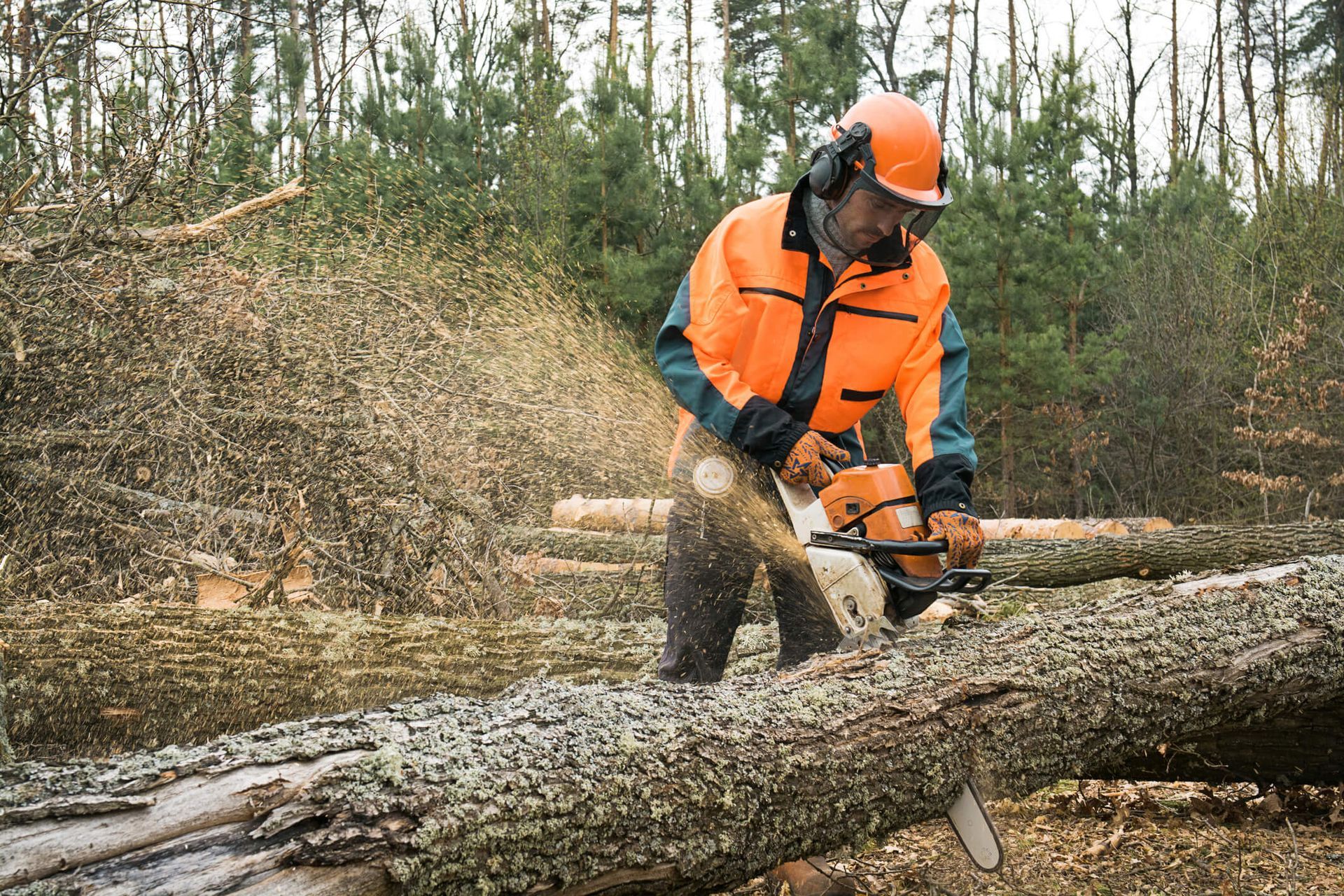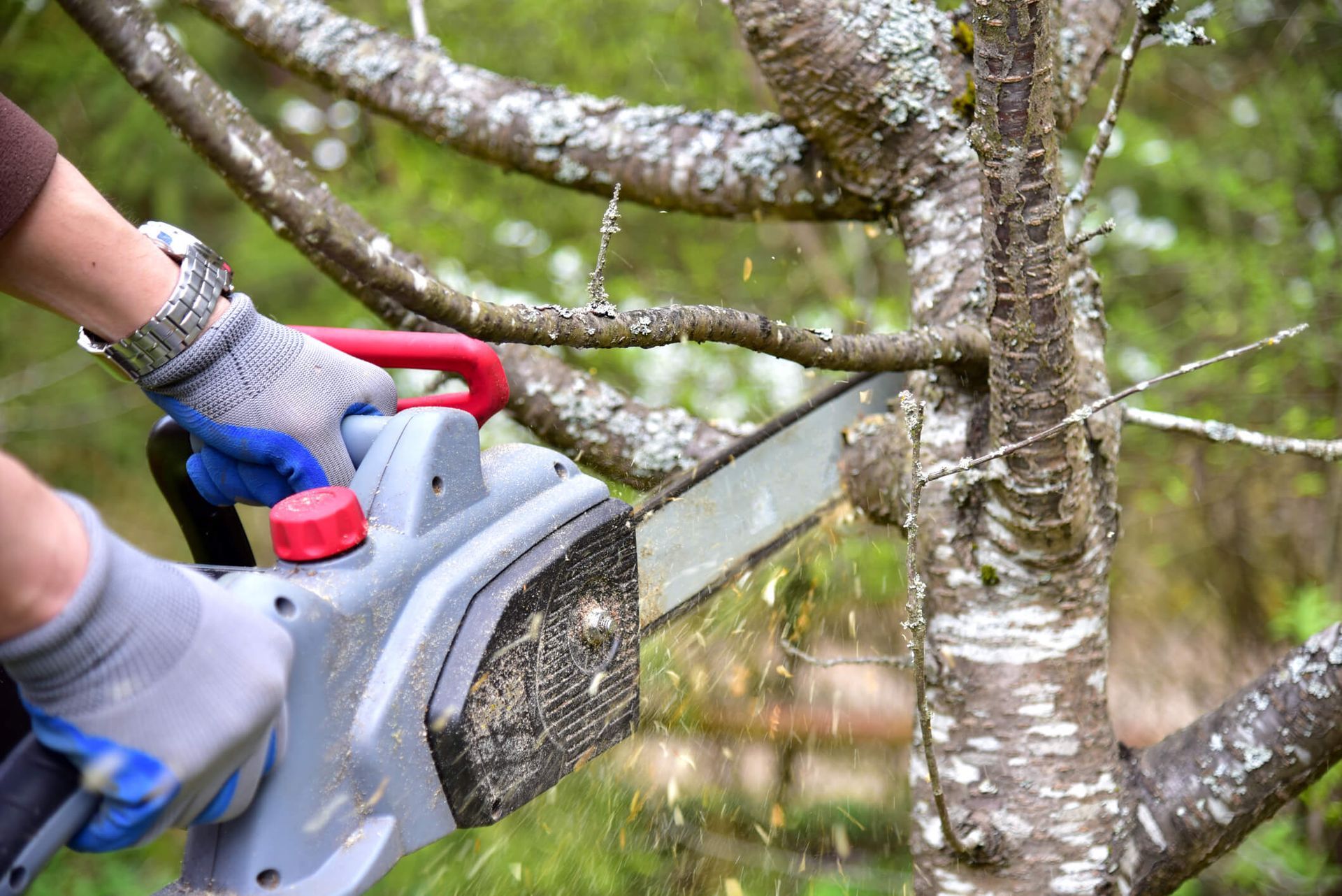Stump Removal and Grinding Affect the Environment in Significant Ways
The Role of Stump Removal in Environmental Management
Stump removal and stump grinding are essential parts of tree care and landscaping. These processes help manage landscapes after tree removal but also influence the environment, soil, and local ecosystem. Effective stump management is an integral part of the broader restoration process, particularly in areas affected by deforestation, where the disturbance of roots can lead to long-term environmental impacts.
For companies like SYS Enterprises, understanding the environmental impact of stump management is key to providing a sustainable and effective way to care for landscapes while protecting natural systems.
Stump Removal and Grinding Support Responsible Tree Care
After tree removal, a stump left behind can become an eyesore, a safety hazard, or a breeding ground for unwanted pests, such as termites, ants, and fungi. Ignoring tree stumps often leads to disease, decay, and invasive growth that disrupts landscaping plans and damages surrounding grass and plants. These obstacles also make it difficult to manage healthy root systems, posing long-term challenges for property maintenance.
By utilizing the right grinder, tools, and techniques, the team at SYS Enterprises effectively removes each stump, leaving no significant holes and thereby minimizing costs while maximizing the benefits of professional service. It's the most efficient way to prepare the land for future use and restore visual appeal.
Tree Stumps Left Behind Cause Environmental Harm
Decaying stumps release carbon emissions, alter soil structure, and create breeding grounds for harmful organisms. Insects like beetles can move from the stump to healthy trees, while fungi and disease can spread to the garden or lawn. These issues are just a few of the many factors that make timely stump removal essential.
Additionally, the presence of a decaying stump can interfere with future landscaping work and reduce the property's value. While some wildlife may benefit from the decay, the pros of professional tree service, especially using a stump grinder as part of a thorough grinding process, far outweigh the risks in most cases.
Soil Disturbance Follows Stump Grinding or Removal
Both stump grinding and complete stump removal impact the ground. The grinding process disturbs less soil than complete extraction, but both can reduce soil health by removing organic matter and disrupting beneficial microorganisms. One significant risk is that improper handling may lead to soil erosion or increased vulnerability to pest infestations.
However, the benefits of a well-managed grinding process, as explored in this article, include better soil recovery and long-term landscape stability. Stump Grinding and Removal Services in Charlestown, IN, offered by SYS Enterprises, address these concerns by using mulch, wood chips, and replanting methods to restore nutrients and stabilize the ground level.
Stump Removal Equipment Contributes to Carbon Emissions
All machinery used in stump removal, from grinders to excavators, contributes to carbon emissions and noise pollution. However, modern equipment used by SYS Enterprises minimizes its carbon footprint by being fuel-efficient and quieter during operation. These improvements reduce the effects on surrounding ecosystems and neighborhoods.
By incorporating advanced stump removal methods into each job, the company ensures environmentally responsible practices are always on the slate. Efficient scheduling and consolidated landscaping efforts further reduce overall energy use and disruption.
Grinding Is Often the More Sustainable Method
Stump grinding is generally more environmentally friendly than complete removal. It avoids large holes, preserves soil, and allows for recycling of wood chips into mulch or compost. This reduces landfill waste and enhances sustainability.
Full removal is appropriate when complete root system extraction is necessary, but it causes more soil disturbance and erosion.
Habitat Disruption Results from Stump Elimination
Removing tree stumps can destroy small habitats for decomposers, insects, and fungi, impacting local biodiversity. While it's often necessary for safety or aesthetics, leaving a portion of the material or replanting native species can help restore the ecosystem balance.
Professional Services Reduce Environmental Damage
Improper use of tools or DIY removal attempts can cause excessive damage, increase costs, and lead to hazards. Trained teams, such as SYS Enterprises, bring the right expertise, safe methods, and a deep understanding of soil structure, species, and local regulations.
Professionals also ensure the job is done thoroughly and with minimal disruption to the surrounding landscape.
Grinding Debris Can Be Recycled as Mulch
A significant advantage of stump grinding is the ability to reuse sawdust and wood chips as mulch. This boosts soil nutrients, supports plant growth, promotes conservation, and reduces reliance on synthetic fertilizers.
SYS Enterprises often recommends this eco-friendly option as part of a full-service landscaping solution.

Pest and Disease Prevention Comes with Prompt Removal
Old tree stumps attract pests, especially termites, ants, and beetles, which can lead to infestations and property damage. Fungal growth and decay may also compromise the health of nearby trees.
Timely stump removal eliminates these problems and protects the health of the surrounding yard and garden.
Landscape Appearance and Usability Improve Post-Removal
Beyond environmental reasons, stump removal enhances the beauty and functionality of outdoor spaces. It frees up space, levels the surface, and eliminates trip hazards, allowing for the installation of new plants, trees, or landscaping projects.
SYS Enterprises helps homeowners turn previously unusable areas into thriving, attractive parts of the property.
Long-Term Costs Justify Proper Stump Removal
Though costs vary by stump size, method, and location, professional stump removal is a long-term investment. Improper or delayed removal often results in higher maintenance or repair costs later due to soil damage, regrowth of roots, or pest problems.
SYS Enterprises offers competitive service packages with environmentally responsible results.
Sustainable Alternatives Offer More Options
In certain situations, alternative techniques may be necessary, such as partial grinding, reforestation, or leaving stumps in low-traffic areas to facilitate natural decomposition. These alternatives can support soil health, lower emissions, and preserve habitats, depending on the land use and landscape goals.
Responsible Stump Management Supports Environmental Goals
With proper planning and execution, stump removal contributes to better soil health, reduced carbon emissions, and improved ecosystem function. SYS Enterprises uses a sustainable, science-backed approach to achieve excellent landscaping outcomes without compromising the environment.
From reducing waste to promoting organic solutions, we ensure every step has a positive impact.
SYS Enterprises: Sustainable Stump Removal Experts
Need eco-conscious stump grinding or tree stump removal? SYS Enterprises combines cutting-edge equipment, professional teams, and environmental best practices to deliver safe, efficient, and sustainable tree services.
Let us help you reclaim your yard—with the environment in mind.
Frequently Asked Questions
1. How long does it take for a tree stump to naturally decompose if left alone?
Natural decomposition can take 3 to 10 years, depending on the tree species, stump size, climate, and surrounding soil conditions. However, during this time, it may attract pests or contribute to the spread of disease.
2. Can stump grinding damage underground utilities or irrigation systems?
Yes, if not properly marked beforehand. Professional teams, such as SYS Enterprises, check for underground utilities before grinding to prevent damage to water lines, cables, or sprinkler systems.
3. What's the difference between a stump grinder and an excavator for stump removal?
A stump grinder chips the wood at ground level, causing minimal soil disturbance. An excavator pulls the stump out entirely, including root systems, but may leave a large hole and disrupt the landscape more significantly.
4. Is stump grinding safe for surrounding trees and plants?
Yes—if done correctly. It's one of the safest stump removal methods for nearby plants, as it avoids pulling out roots that may be intertwined with others, thereby preserving soil health and nutrients.
5. Does stump grinding affect future planting in the same area?
It can. Wood chips left behind may limit nutrient absorption or alter pH levels. To plant in the same spot, remove residual debris and amend the soil as needed.
6. What should I do with the sawdust or mulch left from stump grinding?
The grinding debris can be reused as mulch around trees or garden beds. It helps retain moisture, regulate temperature, and suppress weeds, making it an eco-friendly choice.
7. Are there eco-friendly chemical alternatives to stump removal?
There are biodegradable stump removers available, but they work slowly and are typically used in low-priority areas. These are best suited for supporting natural decomposition, rather than rapid removal.
8. How does stump removal help with erosion control?
Stump removal enables the replanting of deep-rooted native vegetation, which strengthens the soil structure and prevents erosion, particularly on sloped land or in areas that have been deforested.
9. What's the best season for stump grinding or removal?
Fall and early spring are ideal. The ground is softer, and landscaping projects can be timed before or after peak growth periods, with less disruption to your yard.
10. How does professional stump removal support reforestation or restoration efforts?
By properly managing old stumps, professionals clear space for replanting, prevent the spread of disease, and ensure new plants thrive in healthy, well-prepared soil—supporting broader restoration and biodiversity goals.


